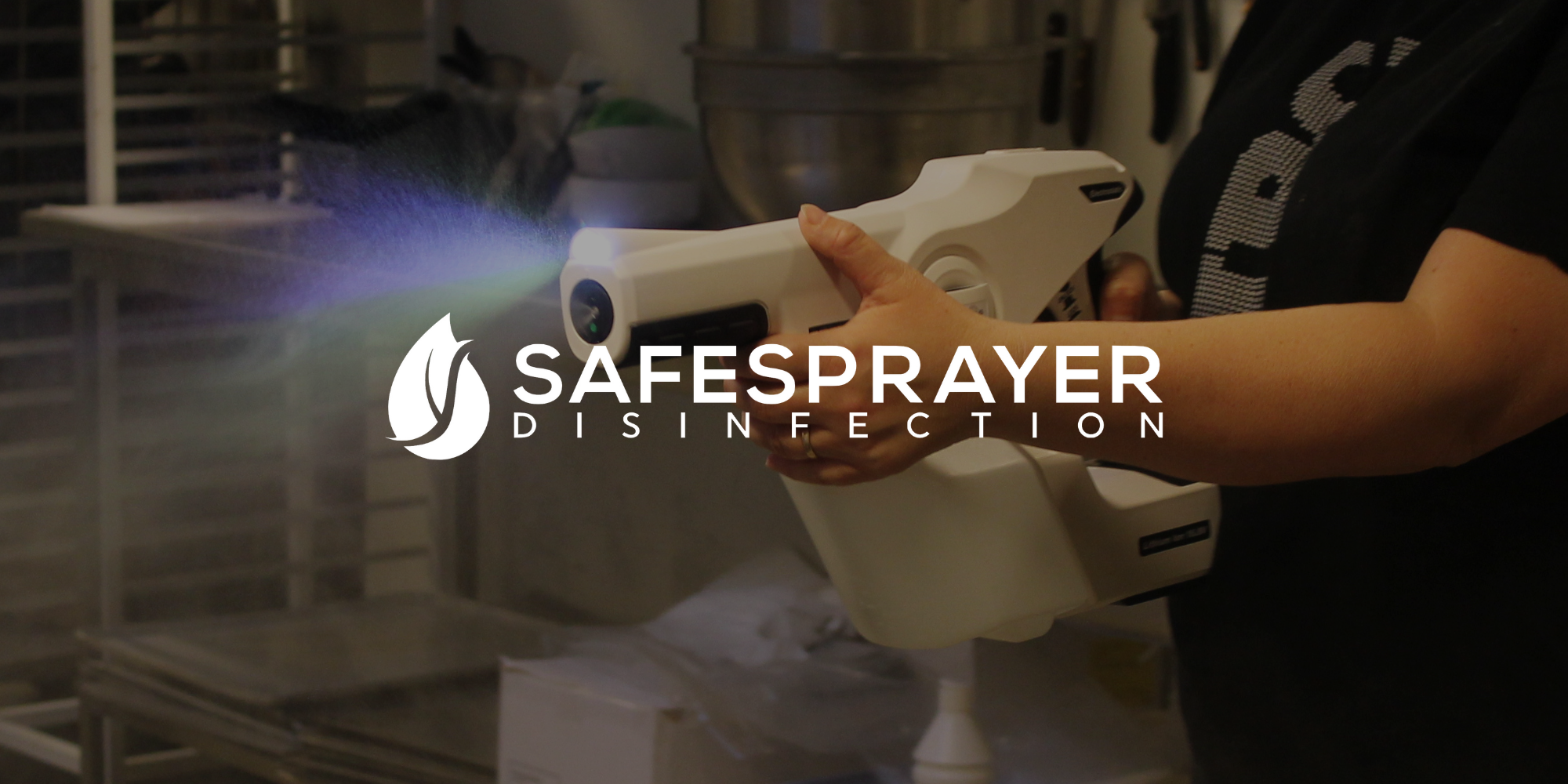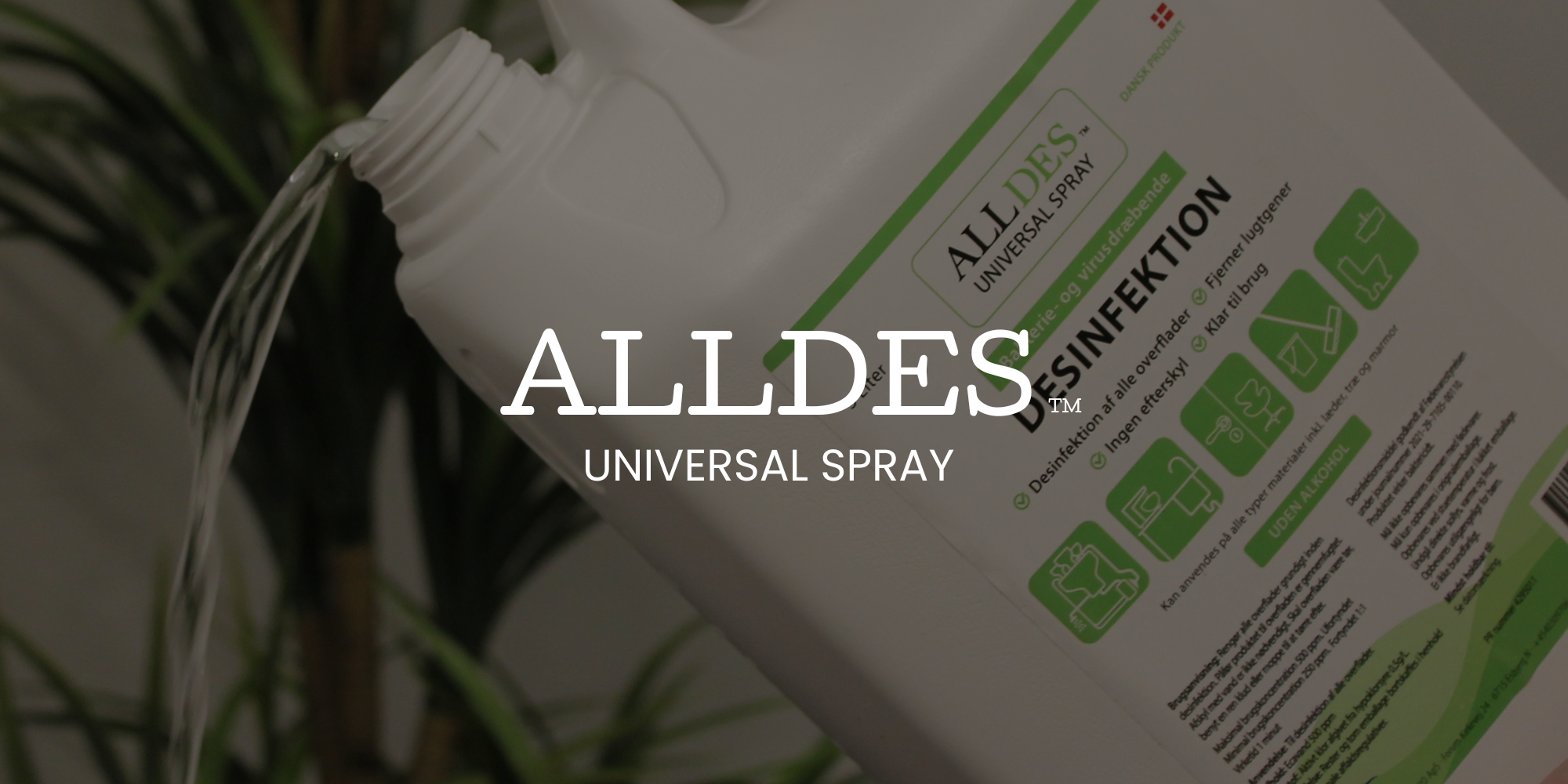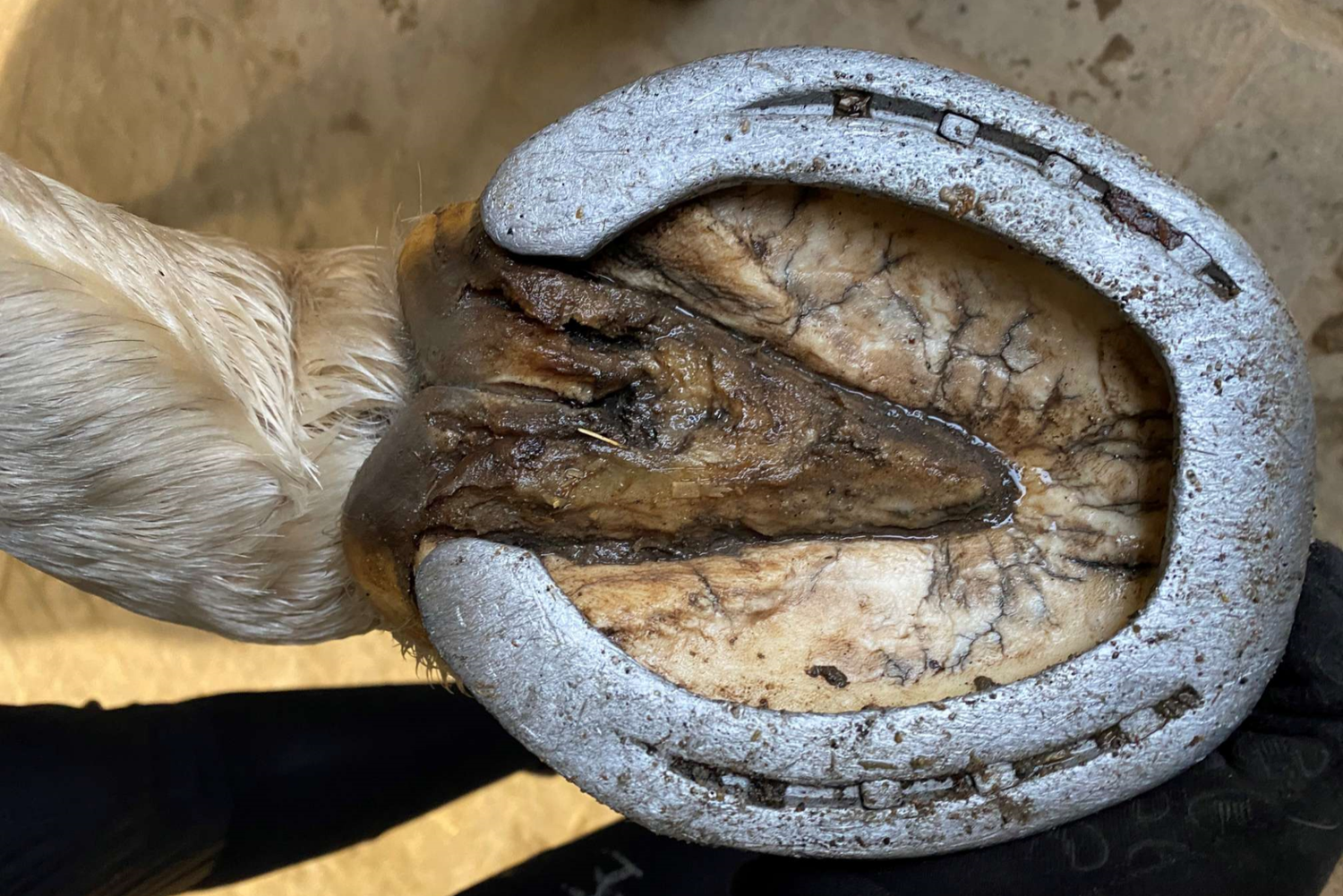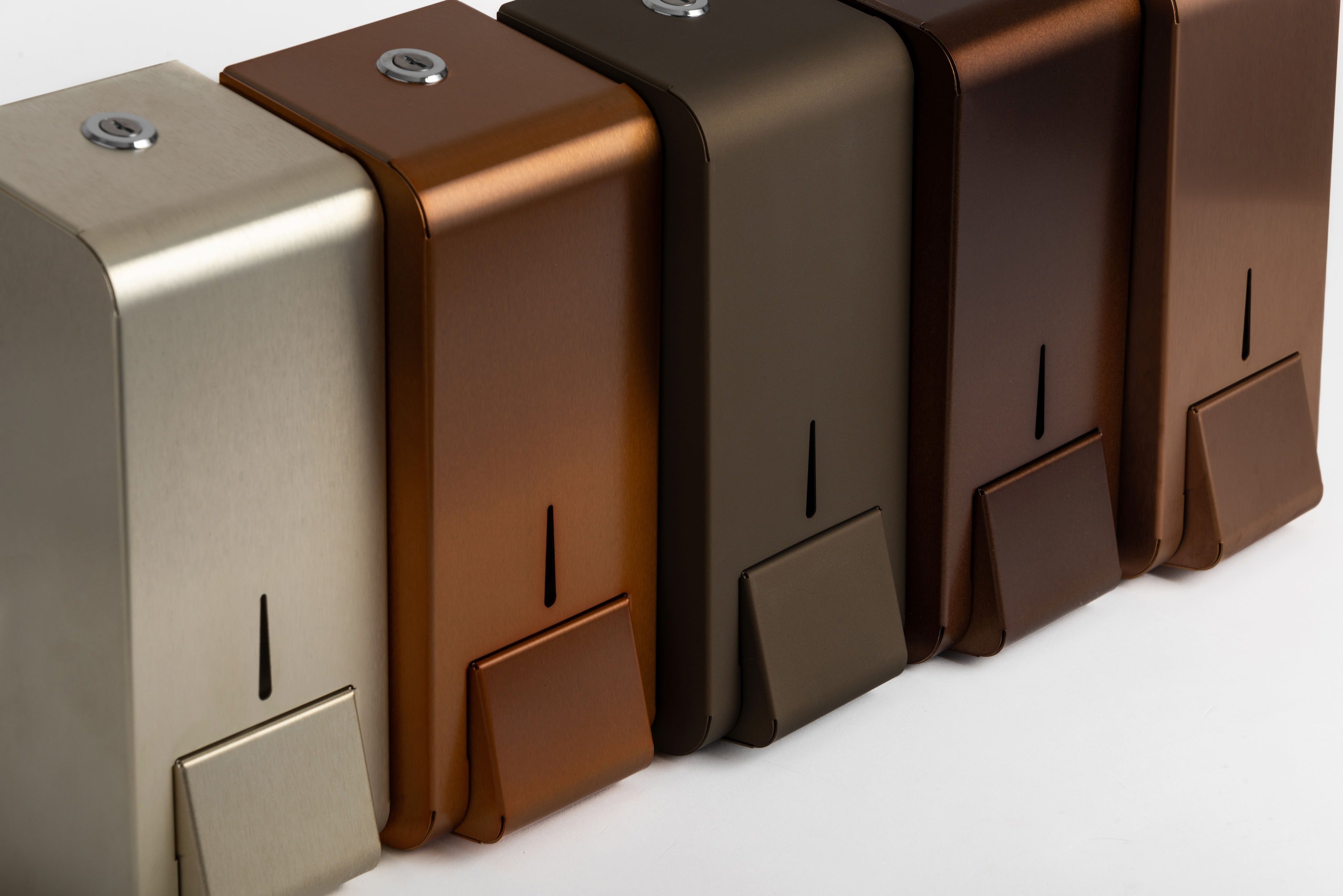Here you can read more about what causes thrush, what thrush is, and not least how you can prevent and stop thrush from occurring in your horse.
What is thrush?
Thrush is a bacterial and fungal infection that attacks the horn of the horse's hoof – typically in the frog. The infection breaks down the tissue, causing the frog to rot. It becomes black, crumbly, and emits a characteristic sour smell. The horse may be tender and in some cases lame, depending on how deep the infection goes. When pressure is applied to the affected area, the horse will often react with pain.
The primary microorganism responsible for thrush is Spherophorus neaophorus, which breaks down the tissue of the frog and forms a dark brown, foul-smelling secretion on the surface of the frog.
What are the symptoms of thrush?
- Unclean movement pattern or lameness
- A penetrating sour smell from the hoof
- Blackened, soft, and crumbly frog horn
- Rotting starts in the frog cleft and spreads
- Swelling in the lower part of the leg due to infection
- Risk of hoof abscess due to inflammation in the dermis
What causes thrush?
Thrush typically occurs when the horse stands in damp and unhygienic conditions – for example, in wet or ammonia-laden deep bedding, where the hoof does not get air. The bacteria thrive in oxygen-poor environments and attack especially when the horn is soft and weakened.
The infection can also occur in the pasture if the ground is constantly wet and muddy – particularly in combination with manure and urine. Additionally, horses with long, overgrown, or narrow hooves are more susceptible, as narrow frog clefts create ideal growth conditions for bacteria and fungi.
How to prevent thrush
Prevention is primarily about good stable hygiene and proper hoof care:
- Regular trimming: Ensure that the horse has its hooves trimmed regularly to avoid narrowing and overgrown areas where bacteria can hide.
- Daily cleaning: Clean the hooves daily – preferably with an antibacterial product like Hypoclean – to remove mud, bedding, and other organic material.
- Dry environments: Keep the horse in dry and clean stalls with good ventilation and fresh bedding. Avoid ammonia-laden or damp flooring.
- Healthy pasture hygiene: Ensure that the pastures are well-drained and free from accumulation of urine and manure. Clean mud is not a problem in itself – it is the combination with feces and moisture that creates a breeding ground for the infection.
Where does thrush thrive?
Thrush particularly flourishes in stables or areas with poor hygiene and high humidity. A horse that stands daily in urine-soaked bedding has a significantly higher risk of developing thrush than a horse that resides in a clean and well-maintained environment – even if the ground is wet.











